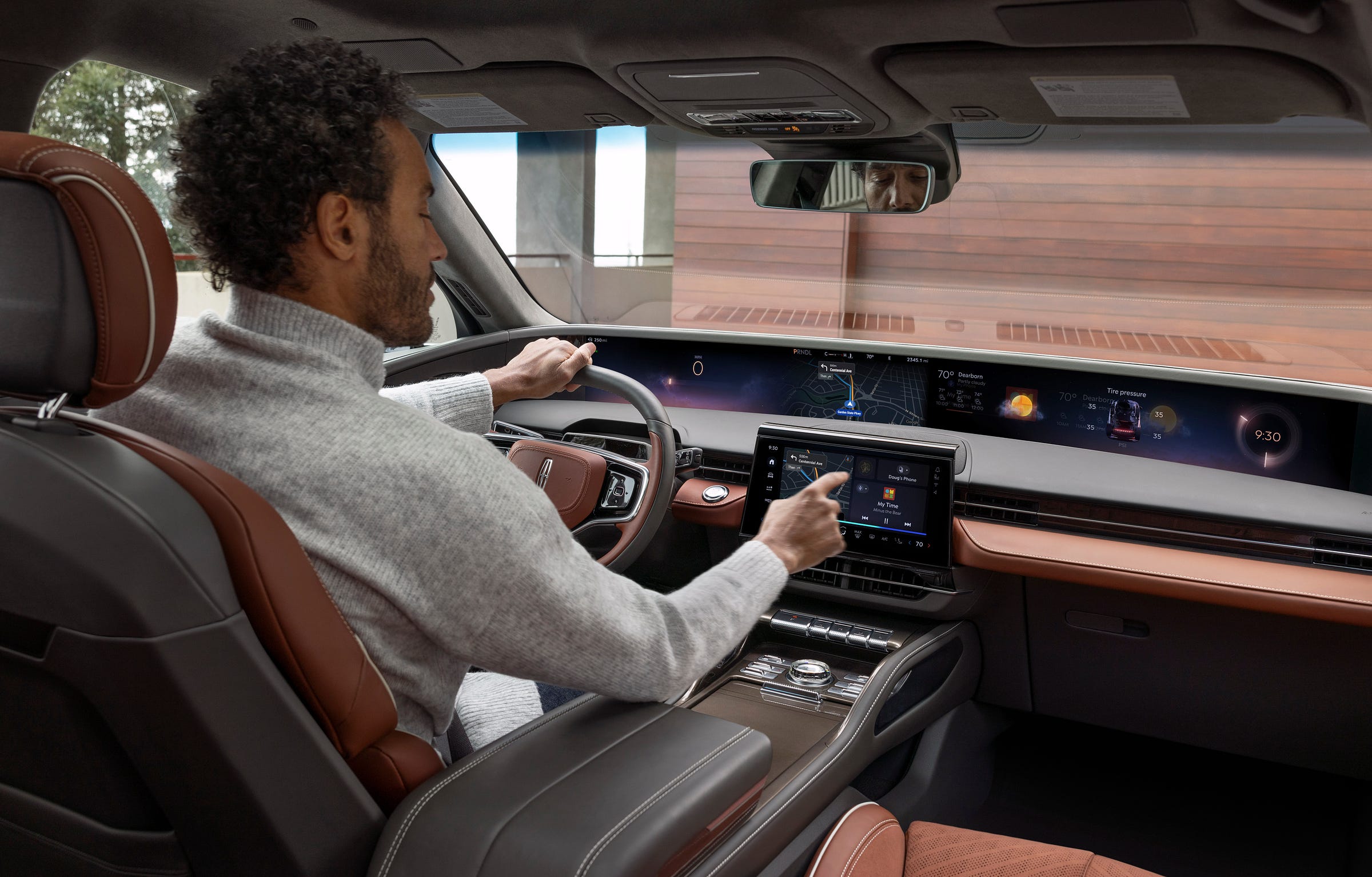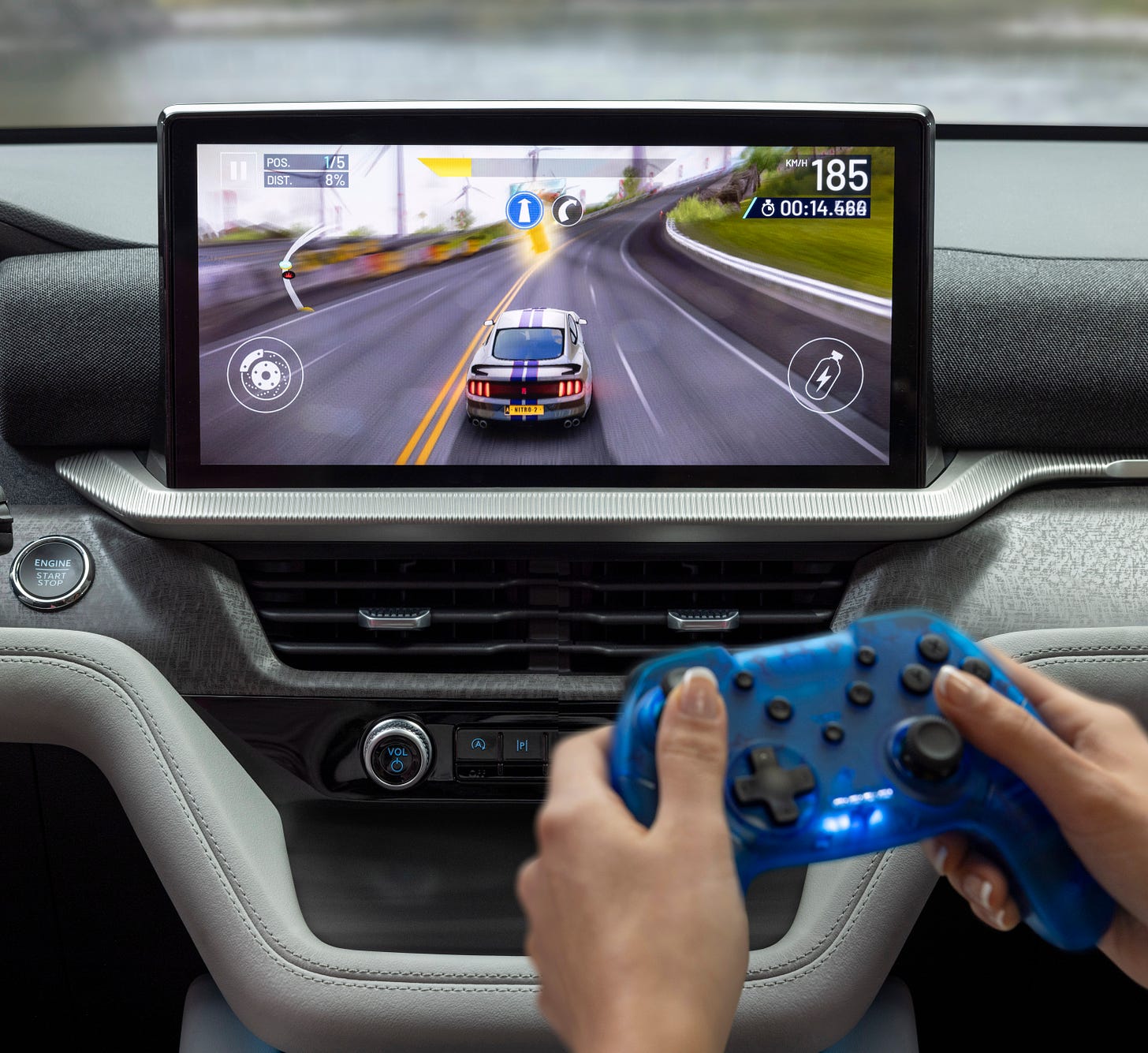ANN ARBOR, Mich — The 2025 Ford Explorer isn’t just another SUV. It’s a rolling computer, signaling a fundamental shift in how we interact with our vehicles. By adopting Android Automotive into its infotainment system, Ford is attempting to transform the Explorer into a device as clever and connected as the smartphone in your pocket.
Android Automotive isn’t an extension of your phone, like Android Auto or Apple CarPlay, which effectively transforms your car’s touchscreen into a display for your phone. Instead, it’s a full operating system embedded within the vehicle itself. This means the car becomes a standalone smart device, capable of running apps, receiving updates, and integrating deeply with the vehicle’s systems.
The Ford Digital Experience integrates a suite of familiar apps and abilities directly into the dashboard. Google Maps offers real-time traffic updates, intelligent rerouting, and voice-activated searches that feel natural and intuitive. The ability to seamlessly send destinations from your phone to your car bridges the gap between devices, creating a more cohesive ecosystem.
Perhaps the most revolutionary aspect of this system is the inclusion of the Google Play Store. This opens up a world of possibilities for expanding your car’s capabilities over time. Want to use Waze instead of Google Maps for your daily commute? You’ll be able to download it directly to your Explorer and use it as if it were the native mapping app. This feature has the potential to keep vehicles feeling fresh and capable long after they’ve left the showroom floor, although it remains to be seen how extensively this feature will be utilized by consumers and supported by developers. The promise is there, but the execution is wait and see.
Ford isn’t alone in this push toward software-defined vehicles. Other major brands including GM, Honda, Volvo and Nissan have also adopted Android Automotive with Google Automotive Services, while BMW, Stellantis and Porsche are using the platform without Google’s suite of apps. This convergence could lead to a more fulfilling experience across brands and potentially allow for greater innovation as developers can create apps for a wider audience.
As vehicles become more connected, privacy concerns naturally arise. One particular point of concern is the potential for data sharing between automakers and third parties, such as insurance companies. Ford and other manufacturers will need to navigate these waters carefully, ensuring transparency in how data is collected and used. While many users have shown a willingness to trade data for convenience in other aspects of their digital lives, vehicle location and data like speed and driving style feel more intimate.
Expect things like vehicle location and speed data to increasingly become a topic of divorces, car crash investigations and the like over the next few years. We’ve already had automotive black boxes sharing information, but this is a whole new world of transparency and vulnerability. The risks around cyberattacks — imagine ransomware locking millions of car owners out of their vehicles — are immense, and it remains to be seen if carmakers are ready for this threat.
Ford’s move toward a more software-centric vehicle experience comes as a direct response to Tesla’s success in this area. Tesla is more a tech company than a carmaker, with a Silicon Valley ethos rather than one focused on Detroit iron. As a result, it’s long emphasized the importance of software and frequent updates, and traditional automakers are struggling to play catch-up more than a decade after the Model S first came out. However, it’s worth noting that while Ford’s system will allow for relatively easy updates to the infotainment system, it doesn’t extend to the entire vehicle in the same way Tesla’s does. Ford will be able to update its screens with relative ease, but complex updates are trickier because of how its tech works.
The shift toward software-defined vehicles (an awkward name that basically means screens and apps) presents both opportunities and challenges for the automotive industry. On one hand, it allows for greater customization and ongoing improvement of vehicles post-purchase. On the other, it requires automakers to develop competencies far, far outside their traditional wheelhouse.
The biggest risk for Ford is not in adopting these technologies but in screwing them up. A buggy, unintuitive interface can be far worse than a simple, reliable one. This is why many automakers are partnering with Google and Apple, tech giants who have spent literally tens of billions of dollars — likely greater than the entire R&D budget for most of the car industry — developing user interfaces and studying user experiences.
Interestingly, Ford is maintaining support for Apple CarPlay and Android Auto alongside its new Android Automotive system, emphasizing user choice. This stands in contrast to crosstown-rival GM’s decision to phase out these systems in their new EVs. It remains to be seen which approach will resonate more with consumers, but Ford’s strategy allows them to hedge their bets while still pushing forward with more integrated solutions.
The venerable Explorer represents a future where our cars are not just boxes to move from point A to point B but extensible platforms that can grow and adapt to our needs over time (as we move from point A to point B).
For consumers, this means the software experience should soon become as important a factor in car-buying decisions as traditional metrics like horsepower or fuel efficiency. For the automotive industry, it represents both a challenge and an opportunity — a chance to redefine what a car can be in the digital age but also a chance to really screw it up. The history of smartphones is littered with epic failures, even from huge brands like Microsoft or former success stories like Palm and BlackBerry. There’s no reason to expect companies like Ford or GM to pull this off on their own.
Ford’s hiring of Doug Field, a former Apple and Tesla exec, to run its software is a good sign, however. The more carmakers adopt Silicon Valley smarts and, more importantly, culture, the better off they’ll be.
The road ahead is sure to have its bumps, but one thing is clear: The car of the future is as much about bits and bytes as it is about nuts and bolts. And with the new Explorer, Ford isn’t quite the trailblazer it was with the Model T, but it’s not (yet) falling far behind either.







